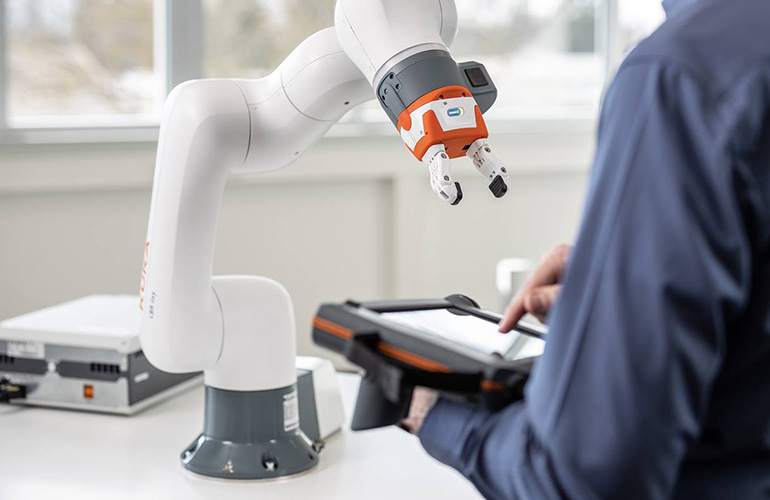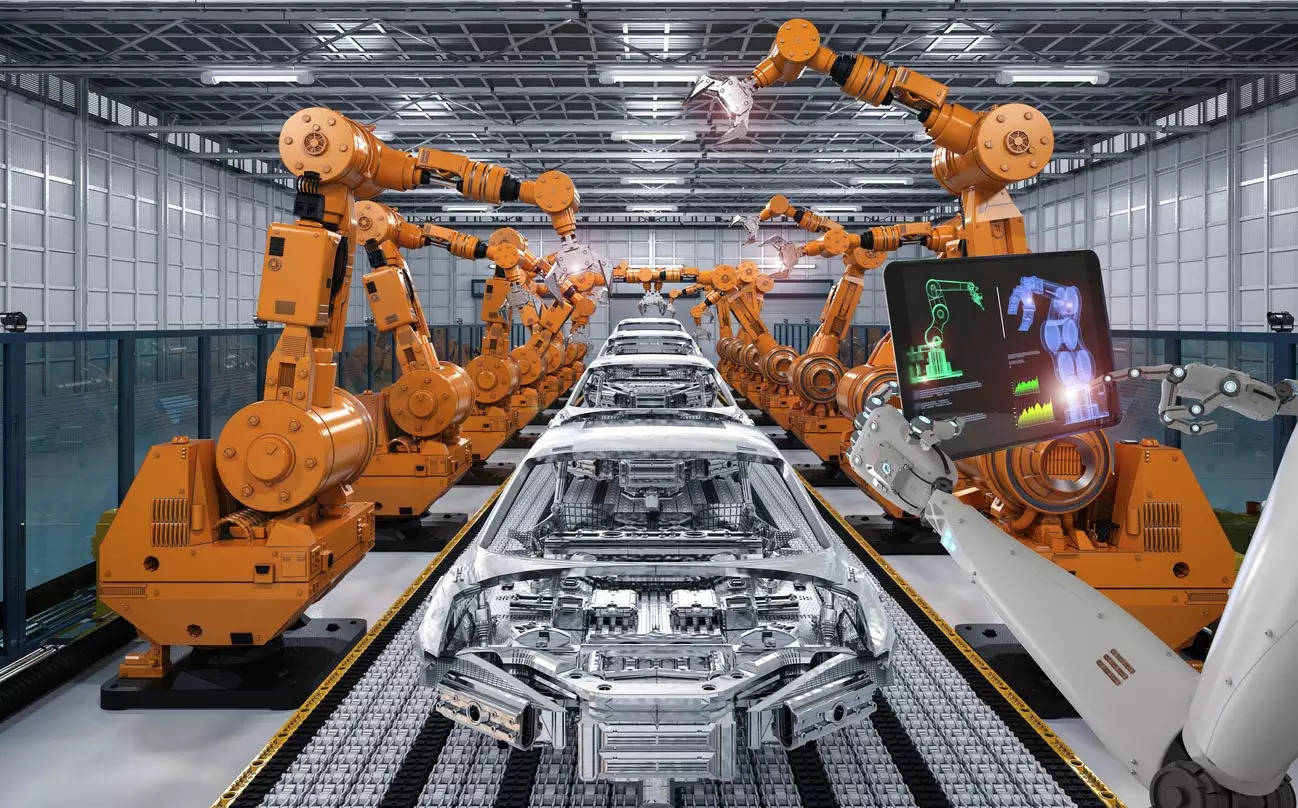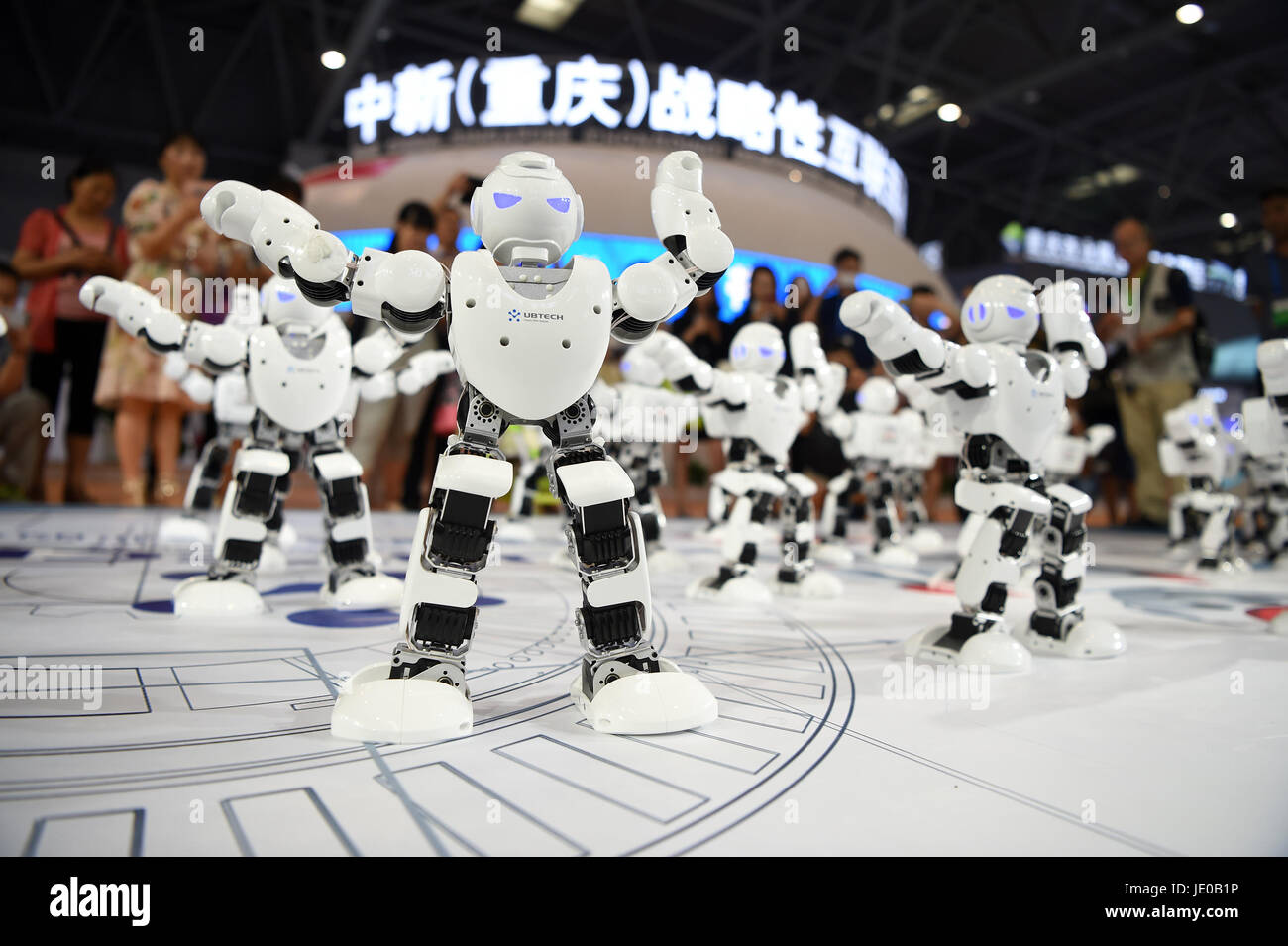ROBOTIC (PART-2)
The mechanical structure of a robot manipulator consists of a sequence of rigid bodies (links) interconnected by means of articulations (joints); a manipulator is characterized by an arm that ensures mobility, a wrist that confers dexterity, and an end-effector that performs the task required of the robot. The fundamental structure of a manipulator is the serial or open kinematic chain. From a topological viewpoint, a kinematic chain is termed open when there is only one sequence of links connecting the two ends of the chain. Alternatively, a manipulator contains a closed kinematic chain when a sequence of links forms a loop.
Mobile Robots :
The main feature of mobile robots is the presence of a mobile base which
allows the robot to move freely in the environment. Unlike manipulators, such
robots are mostly used in service applications, where extensive, autonomous
motion capabilities are required. From a mechanical viewpoint, a mobile robot
consists of one or more rigid bodies equipped with a locomotion system. This
description includes the following two main classes of mobile robots .
Industrial Robotics :
Industrial robotics is the discipline concerning robot design, control and applications in industry, and its products have by now reached the level of a
mature technology. The connotation of a robot for industrial applications is
that of operating in a structured environment whose geometrical or physical
characteristics are mostly known a priori. Hence, limited autonomy is required.
Advanced Robotics :
The expression advanced robotics usually refers to the science studying robots
with marked characteristics of autonomy, operating in scarcely structured
or unstructured environments, whose geometrical or physical characteristics
would not be known a priori.
Nowadays, advanced robotics is still in its youth. It has indeed featured
the realization of prototypes only, because the associated technology is not
yet mature. There are many motivations which strongly encourage advances
in knowledge within this field. They range from the need for automata whenever human operators are not available or are not safe (field robots), to the
opportunity of developing products for potentially wide markets which are
aimed at improving quality of life (service robots).





Comments
Post a Comment